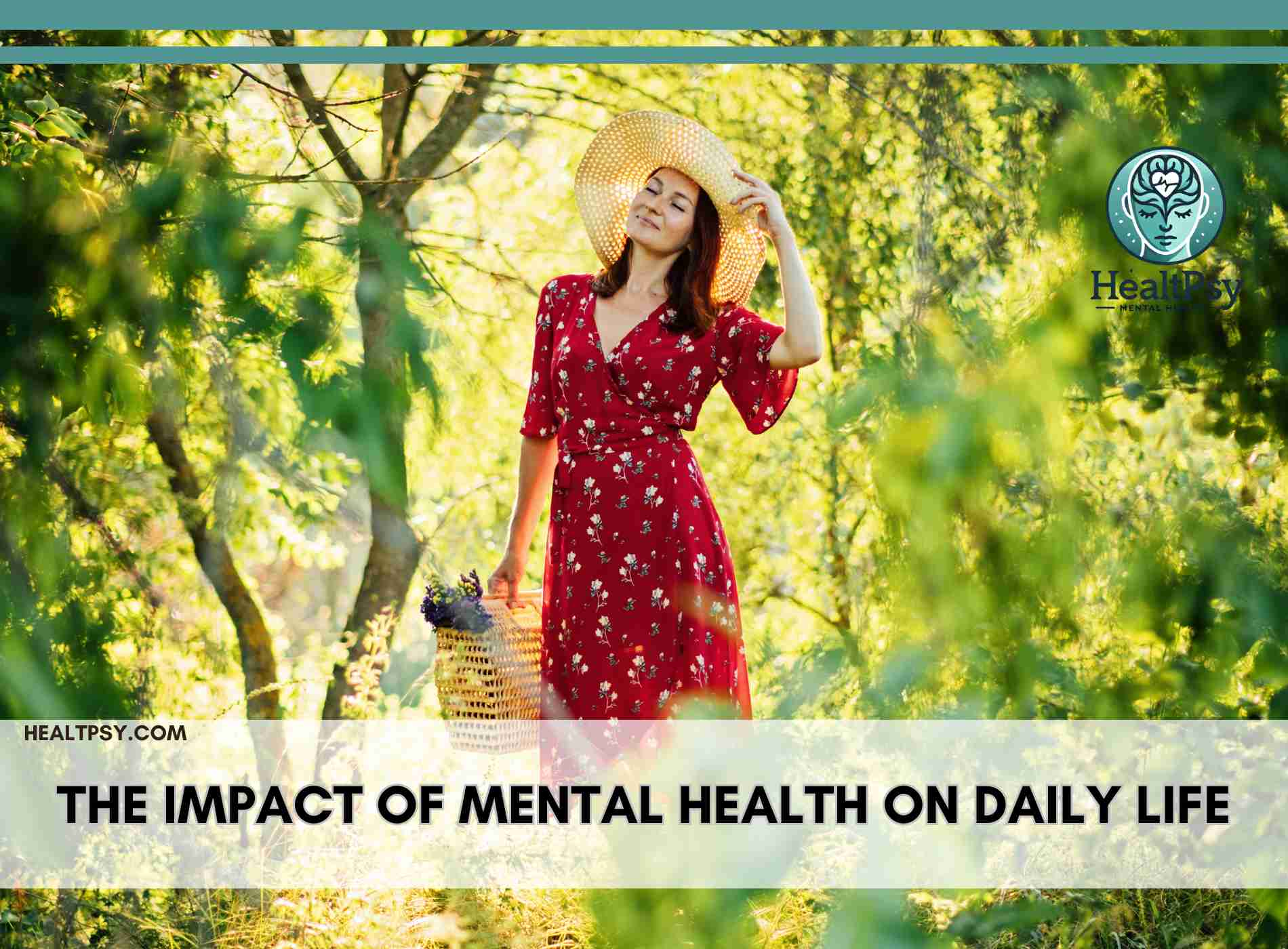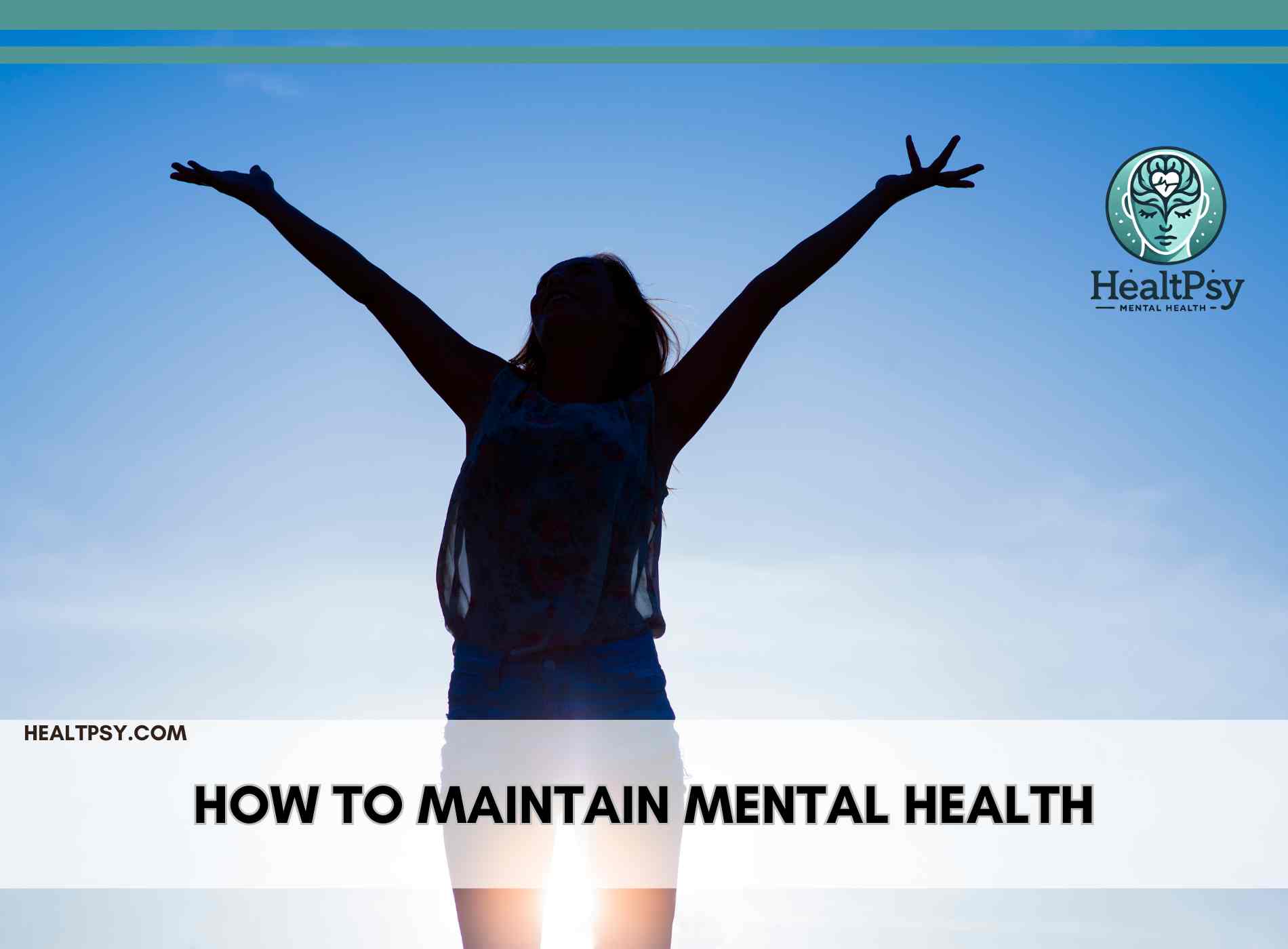7 Powerful Ways Climate Anxiety Is Impacting Mental Health in North America
Introduction
The mental health effects of climate anxiety on teenagers and adults in North America are growing at an alarming rate. In today’s hyper-connected world, social media, news reports, and extreme weather events have made climate anxiety—also known as eco-anxiety—a daily reality for many. Defined as chronic fear of environmental doom, climate anxiety is fueled by constant exposure to news about wildfires, floods, droughts, rising sea levels, and governmental inaction.
Although not classified as a mental disorder, climate anxiety can have serious effects on an individual’s emotional and psychological well-being. In this article, we explore 7 powerful ways climate anxiety is impacting mental health in North America, who is most affected, and what we can do to cope.
According to a 2021 survey published in The Lancet, 59% of youth in the U.S. and Canada said they were “very or extremely worried” about climate change.
1. Rising Levels of Anxiety and Generalized Worry
Climate anxiety often manifests as persistent worry about the future of the planet. This can become overwhelming, leading to insomnia, restlessness, and difficulty concentrating.
Example:
A college student may obsessively check climate news, feel helpless about the future, and struggle to stay focused in class.
2. Depression Linked to Perceived Hopelessness
Many people suffering from climate anxiety experience depressive symptoms when they feel their efforts to help the environment are in vain. This sense of helplessness can result in sadness, fatigue, and even suicidal ideation.
Real-Life Insight:
Young activists and climate-aware teens may burn out emotionally when facing slow political or corporate responses to climate crises.
3. Eco-Grief and Loss of Connection to Nature
Eco-grief is the mourning felt due to ecological loss. As people witness the destruction of forests, coral reefs, and animal habitats, they may feel deep sadness and a sense of spiritual loss.
A 2020 study by the American Psychological Association emphasized that witnessing environmental damage can cause long-term grief and trauma.
4. Guilt and Shame Around Personal Carbon Footprint
People who are environmentally conscious may feel guilty for everyday actions such as flying, driving, or using plastic. This guilt can spiral into self-blame and chronic stress.
Signs:
- Overthinking small decisions (e.g., food packaging)
- Self-criticism for not being “green enough”
5. Increased Interpersonal Stress
Differences in environmental beliefs within families, workplaces, or communities can cause tension and emotional strain. Climate anxiety may heighten sensitivity to climate denial or indifference from others.
6. Physical Symptoms of Chronic Stress
Just like other forms of anxiety, climate anxiety can cause:
- Headaches
- Digestive issues
- Heart palpitations
- Muscle tension
These symptoms may worsen when triggered by climate-related disasters or media exposure.
Related: Sleep and Diet for Stress Relief
7. Functional Impairment in Daily Life
In severe cases, individuals with climate anxiety may find it difficult to plan for the future — avoiding having children, traveling, or investing in long-term goals due to a perceived apocalyptic future.
Related: 5 Powerful Ways to Build Psychological Resilience in Crisis
Why Climate Anxiety Is So Prevalent in North America
North America is experiencing more frequent and severe climate events — from Canadian wildfires to U.S. hurricanes and heatwaves. Combined with widespread media coverage, scientific reports, and political polarization, these events magnify public anxiety.
Who Is Most Affected?
- Teenagers and Gen Z
- Climate scientists and activists
- Indigenous communities connected to land
- Residents in disaster-prone areas (e.g., California, British Columbia, Florida)
Coping Strategies for Climate Anxiety
1. Channel Anxiety into Action
- Join local climate initiatives
- Engage in environmental volunteering
2. Limit Doomscrolling
- Set time limits for reading climate news
- Follow accounts that focus on solutions
3. Practice Eco-Compassion
- Forgive yourself for not being perfect
- Celebrate small wins (e.g., reusable bags, carpooling)
4. Talk to a Mental Health Professional
- Therapists trained in eco-psychology can help process climate-related fears
5. Stay Connected to Nature
- Spend time in natural environments
- Gardening, hiking, or nature walks can promote healing
Helpful Resources
- Climate Psychology Alliance
- Good Grief Network
- American Psychological Association – Climate Change and Mental Health
Conclusion
Climate anxiety is not irrational — it’s a valid emotional response to a very real crisis. But if left unaddressed, it can seriously impact mental health and daily functioning. Acknowledging these feelings, connecting with supportive communities, and taking action — no matter how small — are essential steps toward resilience and hope.
As North America continues to face the realities of climate change, it’s more important than ever to support mental health alongside environmental efforts.
Meta Description: Discover 7 powerful ways climate anxiety is impacting mental health in North America. Learn its emotional effects, causes, and effective coping strategies.
URL: https://healtpsy.com/climate-anxiety-impact
Alt Text: A young person sitting near a window looking worried as wildfires burn in the background, symbolizing climate anxiety.
Tags: climate anxiety, eco-anxiety, mental health, North America, climate change stress, psychological resilience, environmental grief
you might also like




